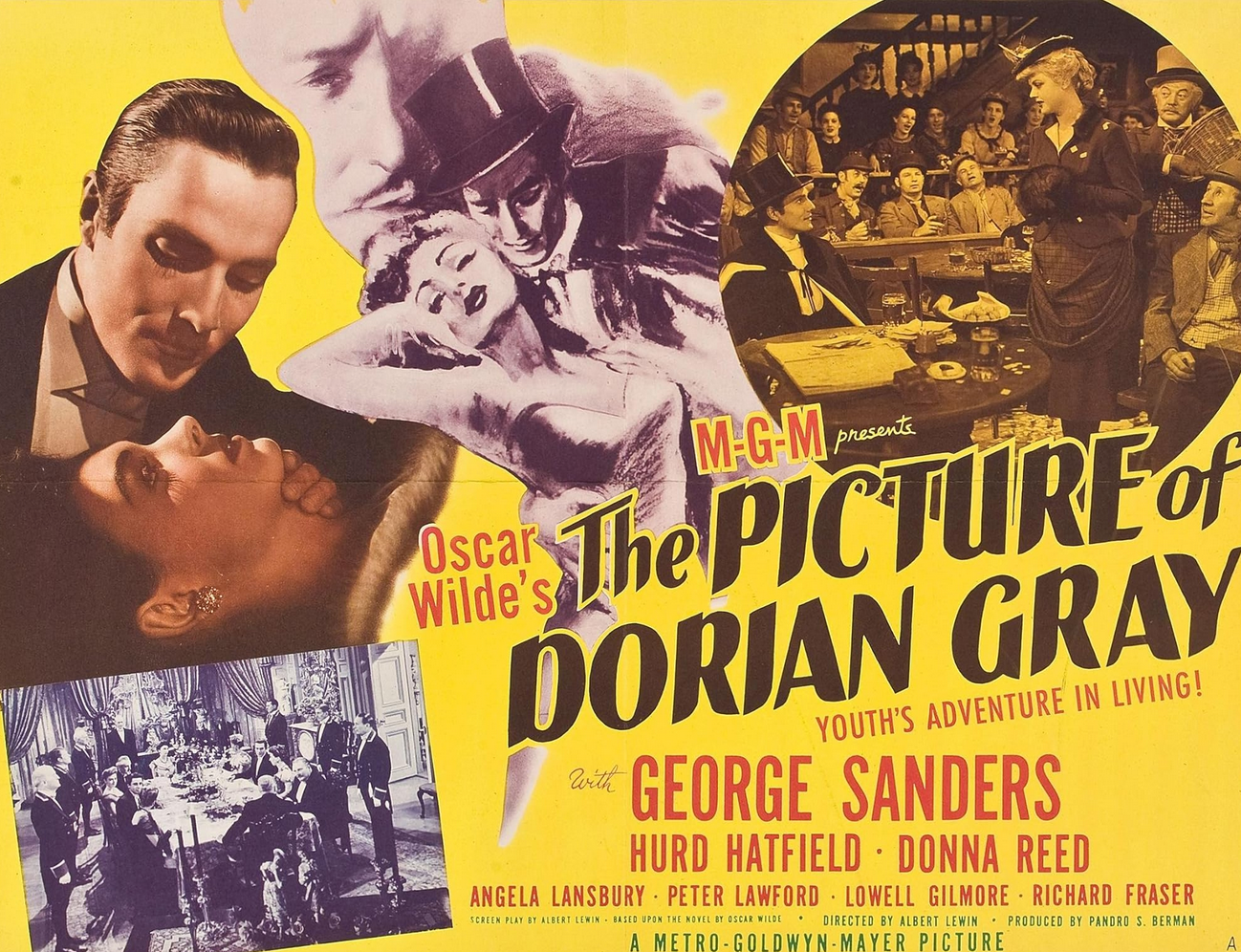
Oscar Wilde published The Picture of Dorian Gray in 1890. The novel remains a timeless exploration of vanity, moral corruption, and the pursuit of eternal youth.
I first encountered the book during a Victorian literature course in my undergrad. Years later, it still resonates with me. Many consider it one of the best horror novels ever written.
Wilde’s only novel encapsulates his wit, critiques Victorian society, and contains a subtext that speaks volumes about the queer experience, making it pivotal in LGBTQ+ literature.
The narrative follows Dorian Gray, a handsome young man whose portrait, painted by Basil Hallward, becomes the vessel of his soul. Influenced by the hedonistic Lord Henry Wotton, Dorian wishes to remain forever young while his portrait bears the marks of age and sin. As he indulges in moral degradation, the portrait transforms into a grotesque reflection of his inner corruption.
Homosexuality in the Victoria Era
Notably, Wilde weaves a queer narrative throughout the story. The intense relationships between Dorian, Basil, and Lord Henry are imbued with homoerotic tension, reflecting Wilde’s own experiences as a gay man in the repressive Victorian era.
Basil’s admiration for Dorian transcends friendship, hinting at romantic attraction. This is evident in Basil’s obsession with Dorian’s beauty and his profound emotional response to Dorian’s presence.
Meanwhile, the relationship between Dorian and Lord Henry amplifies this queer subtext. Lord Henry’s influence over Dorian can be seen as an older, experienced man guiding a young, impressionable one into forbidden pleasures. Their dynamic suggests a mentor-protégé relationship bordering on romantic, showcasing the complexities of same-sex desire.
Also, Wilde’s own life and societal context are crucial to understanding the novel’s queer elements. Living when homosexuality was criminalized, Wilde used the novel to critique Victorian hypocrisy and moral rigidity.
The Horror of Living A Double Life
Through Dorian’s double life—maintaining a public façade while privately indulging in debauchery—Wilde mirrors his own struggles with societal expectations and hidden desires.
Additionally, beyond its queer narrative, The Picture of Dorian Gray excels in literary prowess. Wilde’s prose is rich and evocative, his characters vividly drawn, embodying the decadence of their time. The novel’s gothic elements create a haunting atmosphere that lingers long after the final page.
The Picture of Dorian Gray is a commentary on identity, the consequences of living a double life, and societal pressures. Hiding one’s true self leads to inner decay, as evident in the novel. Wilde’s exploration of beauty and corruption resonates with contemporary readers grappling with issues of self-image and authenticity.
Final Thoughts On The Picture of Dorian Gray
The Picture of Dorian Gray continues to captivate readers over a century after its publication.
Its powerful queer narrative adds depth to its social critique, making it essential for those interested in LGBTQ+ horror literature. Wilde’s wit, eloquence, and exploration of taboo subjects ensure the novel’s lasting impact as a cornerstone of literary excellence.